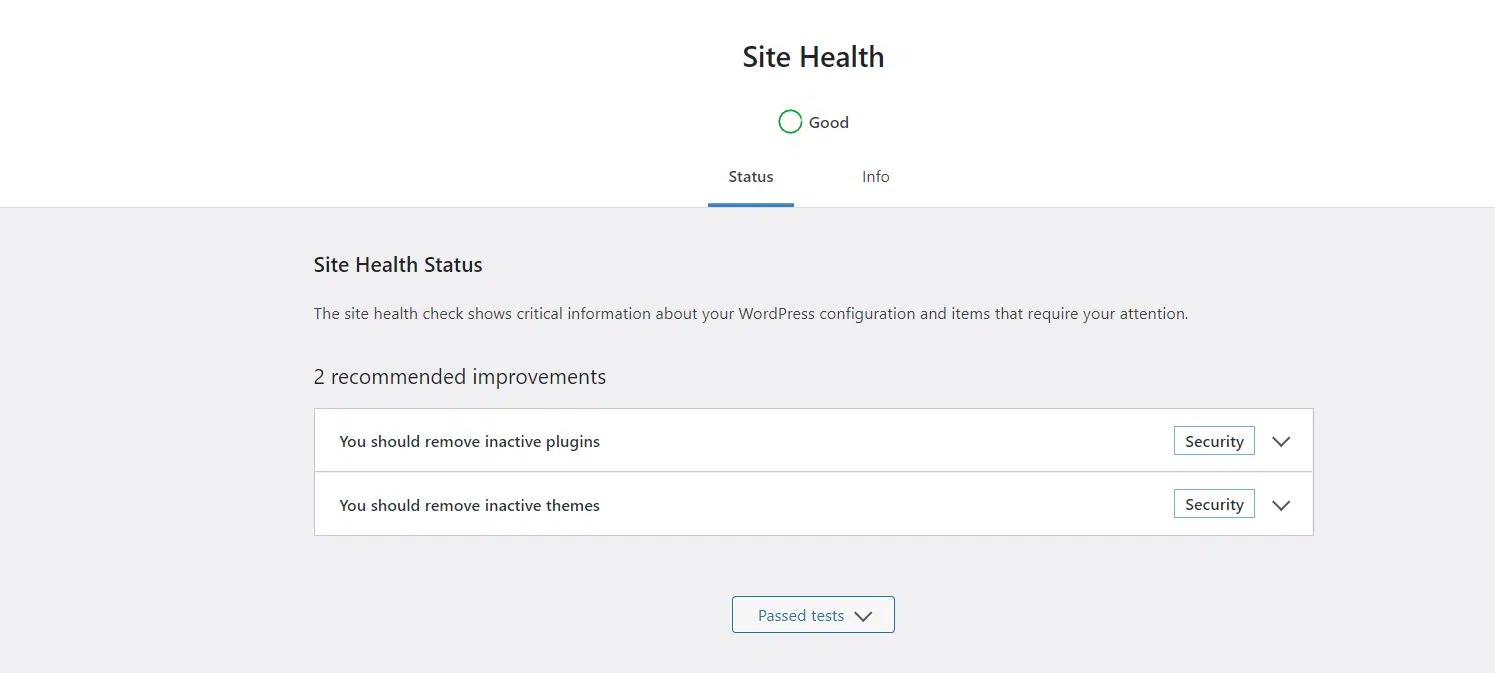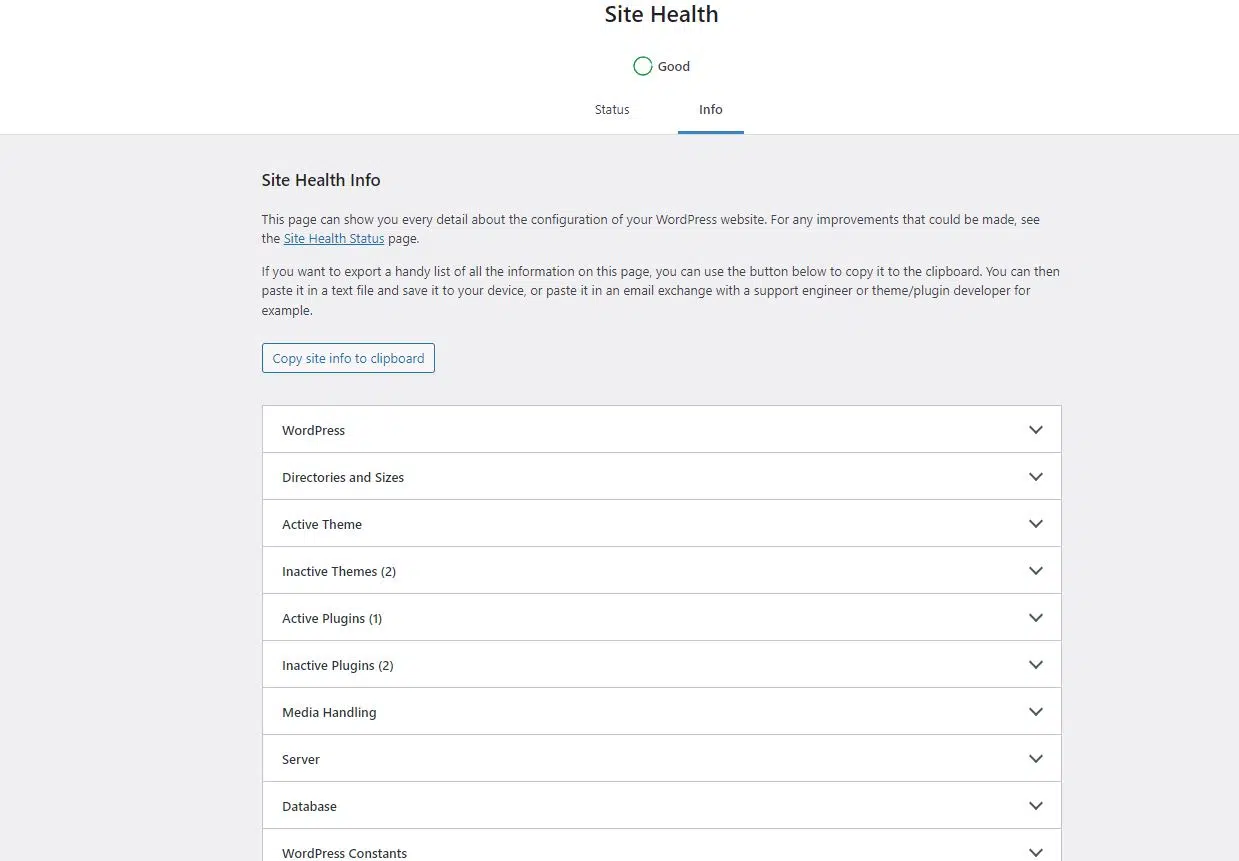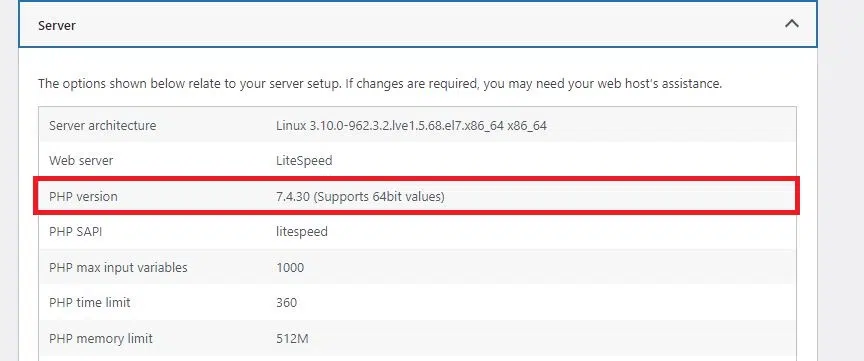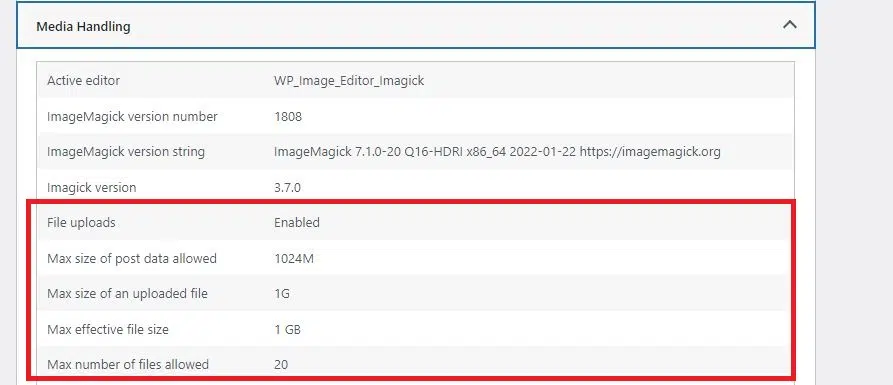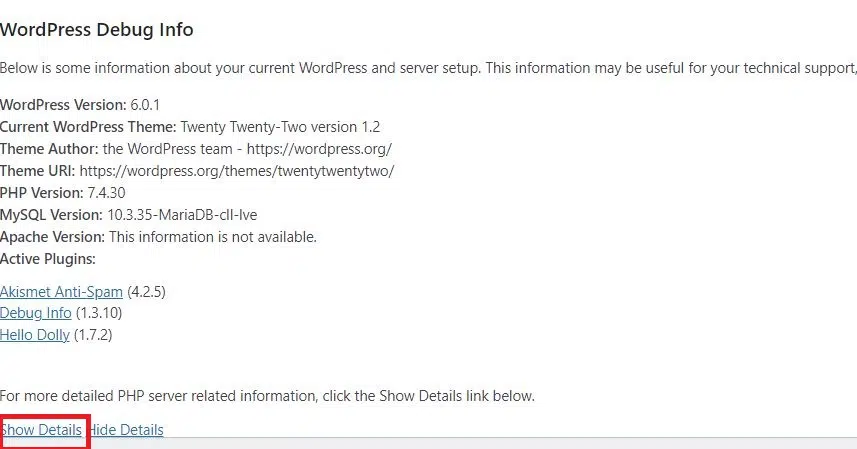In this article, you will learn how to obtain system information for your WordPress website easily and quickly, even if you lack advanced technical knowledge. Discover essential details about your hosting environment, PHP version, WordPress settings, and more through system information. This information is invaluable for troubleshooting WordPress-related issues and can assist you in resolving them.
We will show you two different methods to achieve this.
- Using the Site Health, getting WordPress system information
- Using a Plugin in WordPress to Retrieve System Information
Using the Site Health, getting WordPress system information
Just navigate to Tools » Site Health in your WordPress admin area. There, you’ll find a Site Health Status report that identifies urgent issues requiring immediate attention.
Access system information by visiting the ‘Info’ tab on the Site Health page. You’ll find neatly organized essential system data in this section.
Easily copy all the information by clicking the “Copy to Clipboard” button. Paste it wherever you need to share it.
To find specific information, broaden the relevant category. For instance, under the ‘Server’ section, you can find the PHP version your WordPress hosting server is running.
Similarly, if you were looking for information about the file size upload restriction, you would find it under the ‘Media Handling’ section.
The site health tool makes it simpler to obtain all the necessary system information in an organized and easier-to-read style.
However, this report might not contain all of the system’s information. In that situation, the next step will provide more detailed system information.
Getting System Information in WordPress Using a Plugin
You can access all the necessary troubleshooting details through WordPress’ built-in Site Health tool. If you require more information on PHP configuration, a WordPress plugin that displays comprehensive PHP details can help which is the Debug Info plugin.
Once the plugin is installed and activated, visit the Tools » Debug Info page in your WordPress admin area. Here, you’ll initially see a system data summary similar to the Site Health tool. To view more details, click the Show Details option at the bottom of the page.
Now a PHP info page, which displays all the details about the PHP capabilities that are enabled on your hosting server, will then appear.
Conclusion
You have learned How to get system information for Your WordPress Site.
If you have any web hosting questions please feel free to reach out to us. We're happy to help.
Our Guiding Principles

